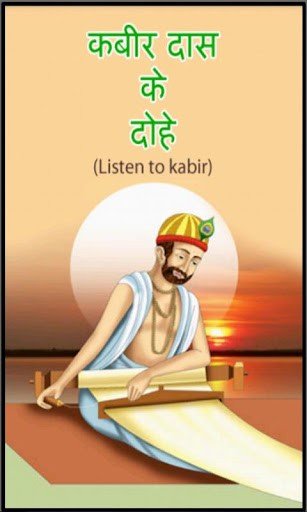

Since I had no idea on the subject of Qptra your ability to explain it simple but exact detail certainly help me to understand. Thank you for a very clear lesson about what a good Guru try to accomplish and the concept of Optra and its detailed meaning. great saint.Īmazing truth in this philosophy, since the days of Hindi poetry during my KV IIT Chennai days with Mr. Whenever I read Kabir's dohas, it gives a new light to life. Kabir's verses immediately touch our inner self, compel us to meditate on them and are totally relevant and helpful in guiding and regulating our lives, in both social and spiritual context.īeautiful explanation of role of a teacher. Kabir, through his two liners (Dohas) which are based on similes and situations that surround our daily lives fully envelopes the Optra principle. What good is the effort of the teacher, if the learning is not assimilated, adopted and amalgamated by the students? The teacher must be careful in gauging that what he is transmitting (educating) is being properly received by the students.Ī in Optra stands for Assimilation. The teacher must have the ability to transmit the knowledge, so as to bring home and register the true meanings to the students. The teacher must prepare himself thoroughly about the topic to be taught. O in Optra stands for Object, the theme or the topic of education. In our work-a-day life also, we can notice that good teachers are the ones who follow the rule of "OPTRA". Compassion, patience, perseverance and Optra are what makes Guru's element of protection that protects the disciple during the various trials and tribulations that come in the path of learning and realization. The "beatings" in this case are Guru's strict disciplinary actions enforced during the training and learning period. The Guru takes upon himself to instruct and educate the disciple who has the potential for enlightenment and realization. In this Doha, Kabir equates a disciple with clay or the unbaked earthen pot and the Guru as the Master Potter. This ensures that the pot does not shatter or break during the pottery process.

To ensure that the final product (the Pot) is flawless and immaculate, the potter always has palm of his one hand inside the pot while the second hand keeps beating it from outside. Being a skilled artisan (the Potter), takes the clay (the raw material) and gives it the shape of a pot. In this example, the Potter identifies the raw clay or unbaked earthen pot with flaws and blemishes.

Kabir, in this Doha reveals the quality of a good teacher, the Guru. Protecting (always) with palm from inside Gives Shape and cures the flaws with care Guru is the Potter, disciple is the (unbaked) pot Guru Kumhar Sikh Kumbh Hai, Gadh Gadh Kadhe Khot


 0 kommentar(er)
0 kommentar(er)
